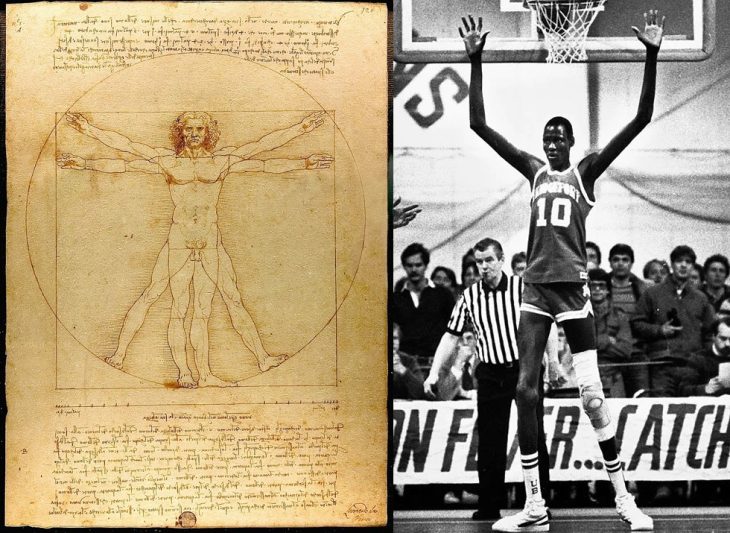
Word of the Day: Fathom
Today’s word of the day is fathom. As a noun, fathom is a measurement of six feet, or 1.8 meters, and is used primarily by people on the water. When in Shakespeare’s The Tempest the young Ferdinand awakes, having been through a shipwreck, the spirit Ariel sings to him. The second verse begins, “Full fathom five thy father lies” (1.2) It’s a very well-known line, copied by later poets and songwriters, but in context it just means thirty feet down in the ocean.
As a verb, fathom means “to measure the depth of by means of a sounding line” or “to penetrate to the truth of; comprehend; understand” (https://www.dictionary.com/browse/fathom). Boatmen would lower a rope into the water with a weight on the bottom and marks along it at six foot intervals. Steamboats along the Mississippi River risked getting stuck along the bottom of the river if the water was less than 12 feet deep. Thus the boatmen’s call to indicate that the depth was safe would be “mark: twain,” which also gave us the name of a famous American writer.
We can see in the verb form another example of broadening or generalization. The meaning goes from actually measuring the depth of water to measuring or understanding the depth of someone’s ideas or words.
Fathom appears in Old English: “fæðm ‘length of the outstretched arms’ (a measure of about six feet), also ‘arms, grasp, embrace,’ and, figuratively ‘power,’ from Proto-Germanic *fathmaz ‘embrace’ (source also of Old Norse faðmr ‘embrace, bosom,’ Old Saxon fathmos ‘the outstretched arms,’ Dutch vadem ‘a measure of six feet’), from PIE *pot(ə)-mo-, suffixed form of root *pete- ‘to spread.’ It has apparent cognates in Old Frisian fethem, German faden ‘thread,’ which [the Oxford English Dictionary] explains by reference to ‘spreading out’” (https://www.etymonline.com/search?q=fathom).
Again, we have an example of broadening. The word originally referred to a person’s wingspan, the distance from finger tip to finger tip when a person stretched their arms out to the sides at shoulder height. That distance becomes regularized as a way to measure (compare foot). It is interesting to note that the average height of men during the Anglo-Saxon period was less than six feet. Even the Vikings, who are often portrayed in movies and TV shows (see the UK version of Ghosts) as very large, were only about 5’7? (https://www.routesnorth.com/language-and-culture/how-tall-were-the-vikings-heres-the-truth/). Maybe their wingspan was longer than their height.
The ratio of wingspan to height is called, in some circles, the ape index. “Ape index is a term taken from rock climbing and refers to your height to wingspan ratio. First, measure your wingspan, from outstretched fingertip to fingertip. Then, divide by your height. A typical ratio is about one, with a higher number meaning your arms and wingspan are longer” (https://sports.yahoo.com/know-ape-index-184747144.html). On the page with the famous image of Vitruvian Man, Leonardo Da Vinci says, “The length of the outspread arms is equal to the height of the man” (https://en.wikipedia.org/wiki/Vitruvian_Man).
If you watch basketball, either college or professional, you might sometimes hear a commentator talk about a team having length. You might wonder why they don’t talk about height. Why length? So length is a way of saying that players on that team with length have an ape index above one. Sometimes they will actually talk about length as the number of inches more than the height someone’s wingspan is.
In The Sports Gene: Inside the Science of Extraordinary Athletic Performance, David Epstein includes a chapter called “The Vitruvian NBA player.” In this chapter, he asserts that NBA players generally are above one on the ape index, meaning that their wingspan is longer than their height. The Crafted NBA website documents this fact. Of the 447 players listed, 435 have a wingspan longer than their height, and only nine have a wingspan shorter than their height. The current leaders in this category are Mo Bamba of the 76ers and Talen Horton-Tucker of the Spurs, each with a wingspan 10.75” longer than their height. Bamba is 6’11.75” with a wingspan of 7’10”. Horton-Tucker is just 6’2.5” but stretches out at 7’1.25”!
Of course, just having that extra-long wingspan doesn’t make you a great player. Luka Doncic’s length is just 4.5”, LeBron James’s is just 3.75”, Nikola Jokic’s is just 3.5”, and Steph Curry’s is just 1.5”.
Whatever the reason is, however, I guess I’m glad that a fathom is officially six feet. If boatmen in the 19th century had been using Mo Bamba as their guide, our greatest American humorist would have been named Mark Onepointfivethreeonenine. I couldn’t fathom studying such an author.
Today’s image is a side-by-side comparison of Da Vinci’s Vitruvian Man with a photo of the late Manute Bol, an NBA player who was 7’7” tall with a wingspan of 8’6”.